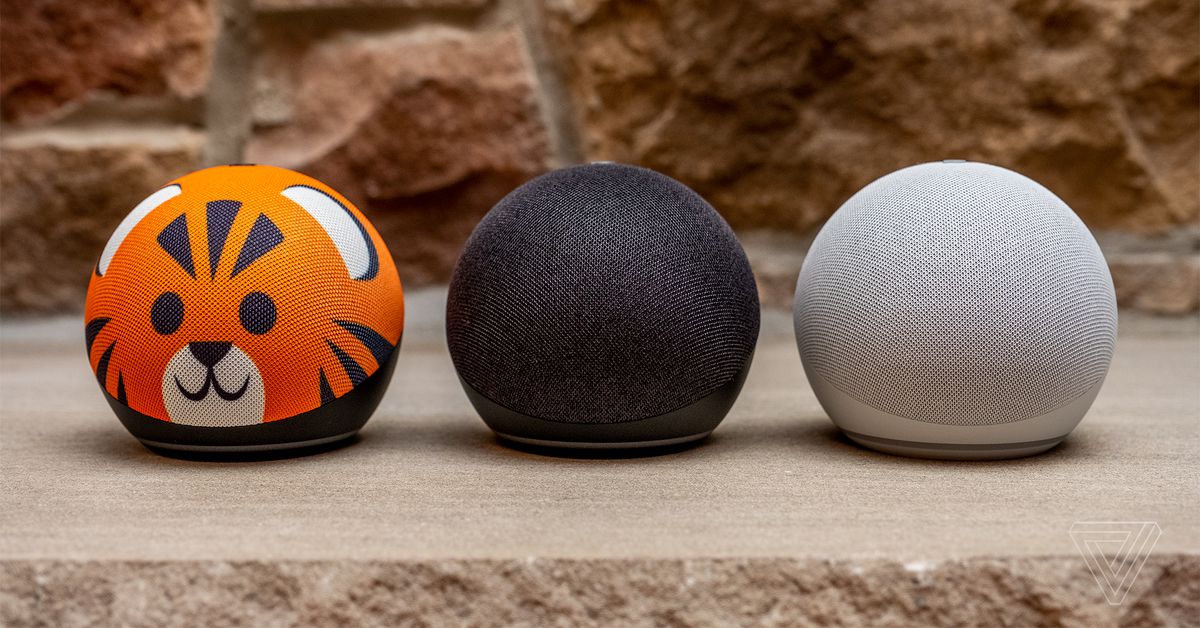
Newer Echo and Echo Dot speakers will use ultrasound to detect occupancy and turn off connected devices like lights and Fire TV. The Echo and Echo Dot fourth-generation speakers were first mentioned at Amazon's September hardware event. They can emit an "inaudible ultrasonic wave" to detect whether people are present in a room.
This feature can be disabled or enabled in the Alexa App. You can also create occupancy routines to make use of this new capability. For example, turn on lights when entering a room and off when it is empty. Alexa could play music or a radio station if motion is detected near an Echo device. Then, it would shut down the music once you have left.
You can toggle the function on or off by going to the Alexa app settings of each Echo compatible device.
This feature is very similar to the motion-sensing Echo Show devices, however these devices rely on cameras to detect if people are present in the room. Echo speakers do not have cameras so they emit an ultrasound wave that reflects off objects nearby and then returns to the microphones.
Google uses ultrasound to determine how close someone is to its Nest smart speakers and Nest Mini speakers and to offer different interfaces. It will display volume controls on Mini speakers for example. You can't currently use ultrasound sensing for Google Home Routines.
A variety of standalone motion sensors can be used with Alexa to trigger Routines, including those made by Centralite, Aqara and Philips Hue. You won't have to depend on any additional gadgets to turn on lights and music with this new function. This function furthers Amazon’s vision of an ambient smart home where the home responds automatically and without any prompting from its occupants.
Amazon will have to work harder on the Alexa app in order to achieve this. It takes patience and technical knowledge to set up Routines that turn on lights at the right brightness depending on the time of the day.
